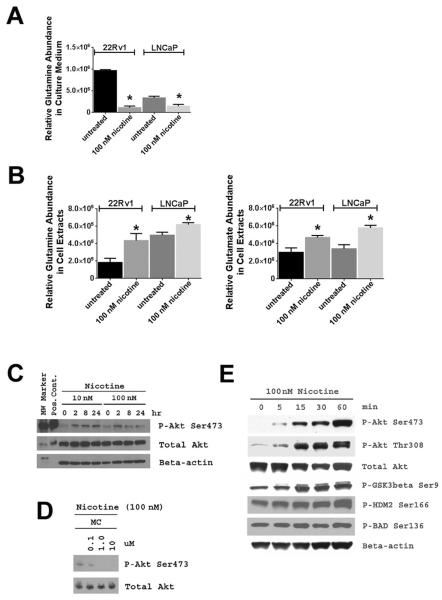Figure 5. Increased glutamine consumption and Akt activation in nicotine-treated human prostate cancer cells.
22Rv1 and LNCaP cells were treated with 100 nM nicotine for 48 hours and glutamine levels were measured in culture medium and cell pellets. A. Treatment of 22Rv1 and LNCaP cells with nicotine depleted glutamine in the culture medium. B. Nicotine treatment of 22Rv1 and LNCaP cells significantly increased glutamine and glutamate levels in their cell extracts. Glutamate is the intracellular oxidation product of glutamine and was not detectable in cell culture medium. Experiments were done in triplicates. Shown is mean ± SD. * statistically different from untreated (two-sided t-test, P < 0.05). C. Nicotine at 10 nM and 100 nM concentrations induced Akt phosphorylation in 22Rv1 cells, which was inhibited by mecamylamine (MC), an antagonist of nicotinic acetylcholine receptors (D). E. Nicotine treatment also induced phosphorylation of known downstream targets of Akt signaling, such as GSK3β, human Mdm2 (HDM2), and BAD. In D, cells were exposed to nicotine −/+ MC for 2 hours.

